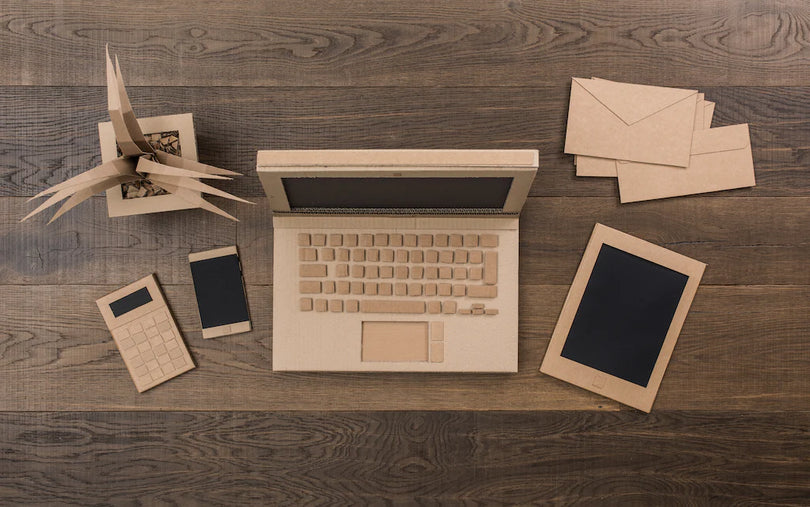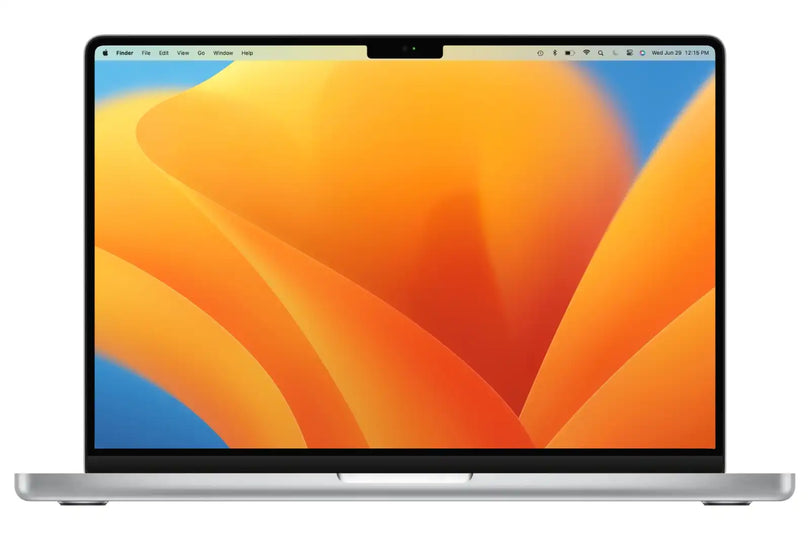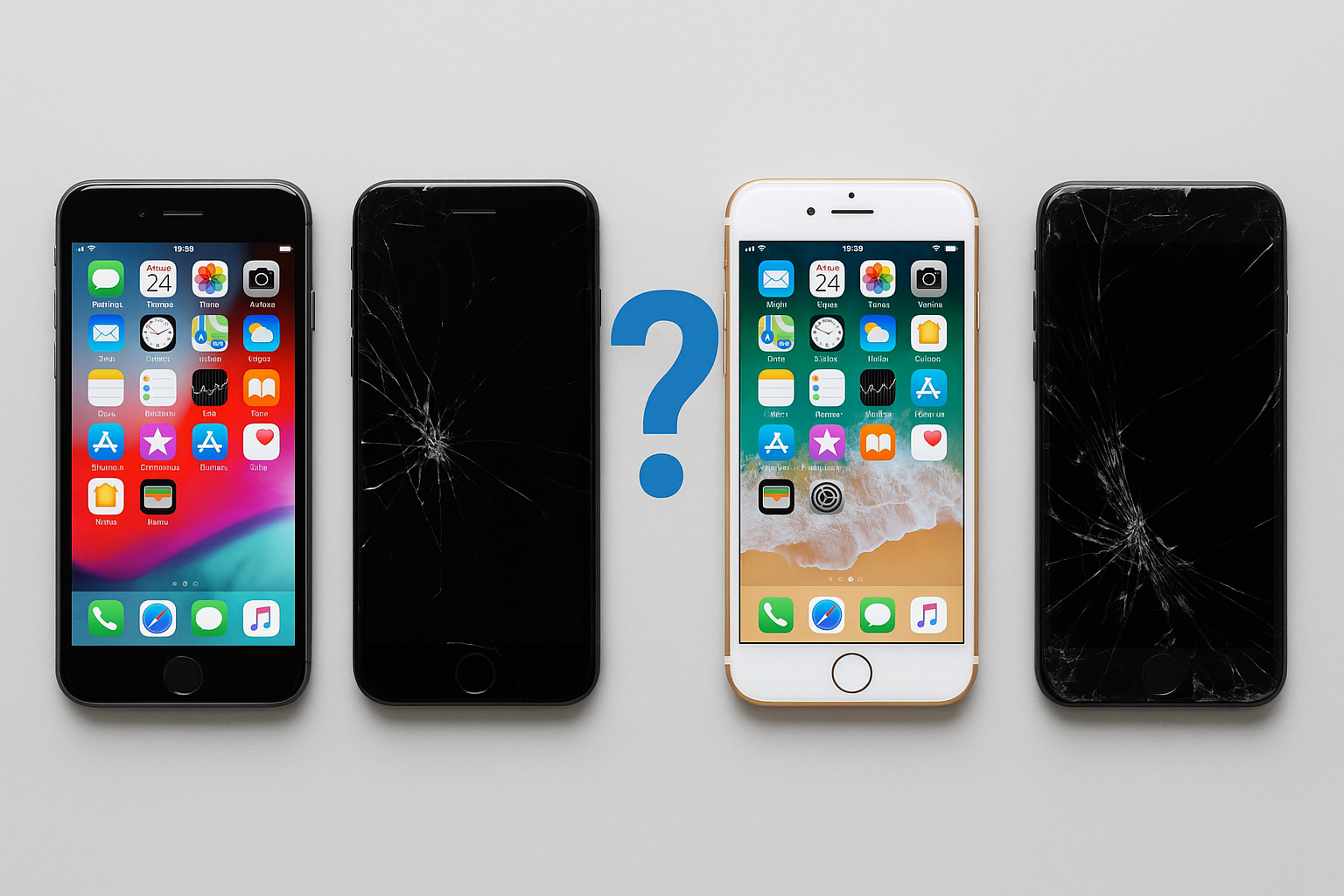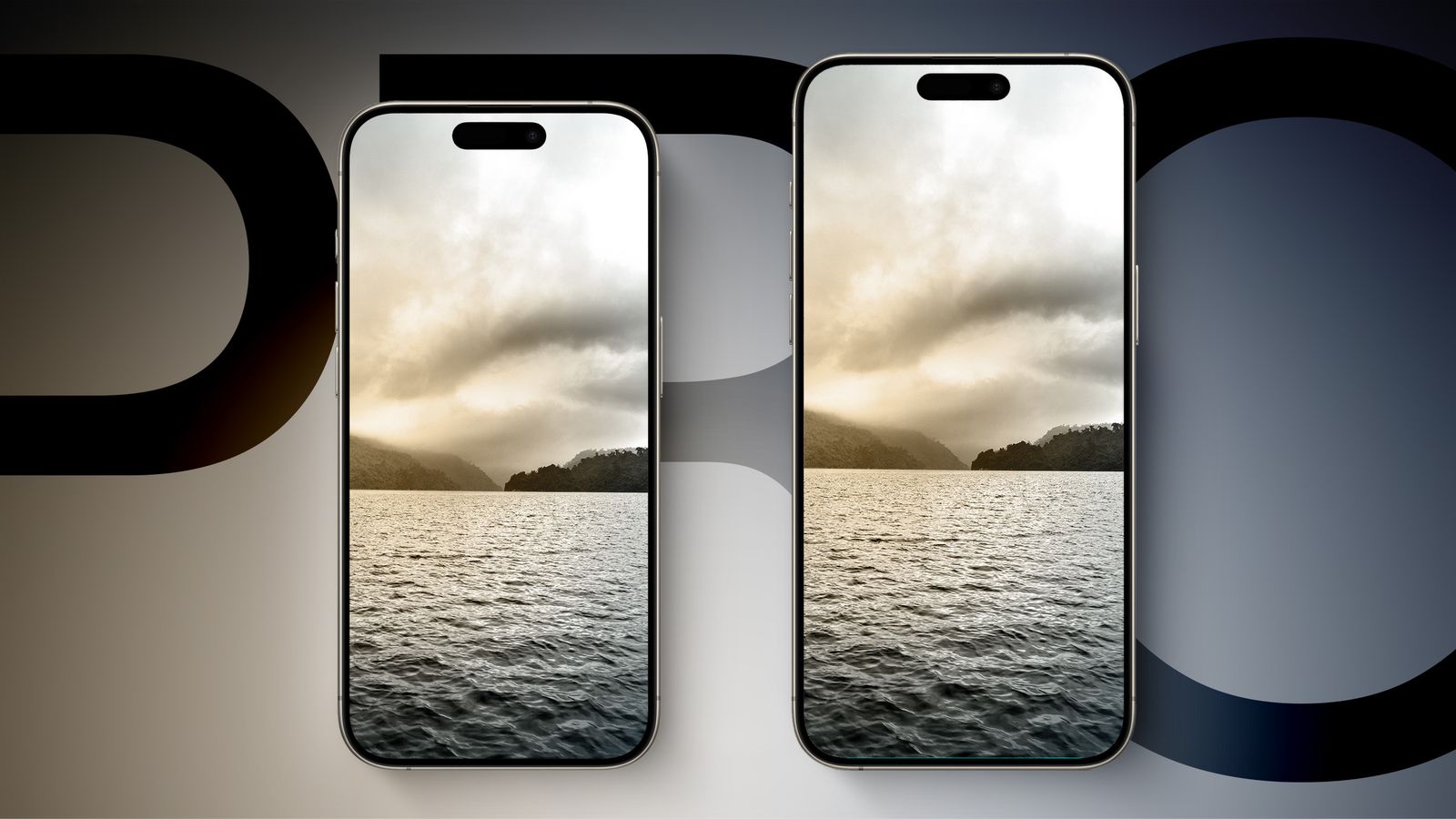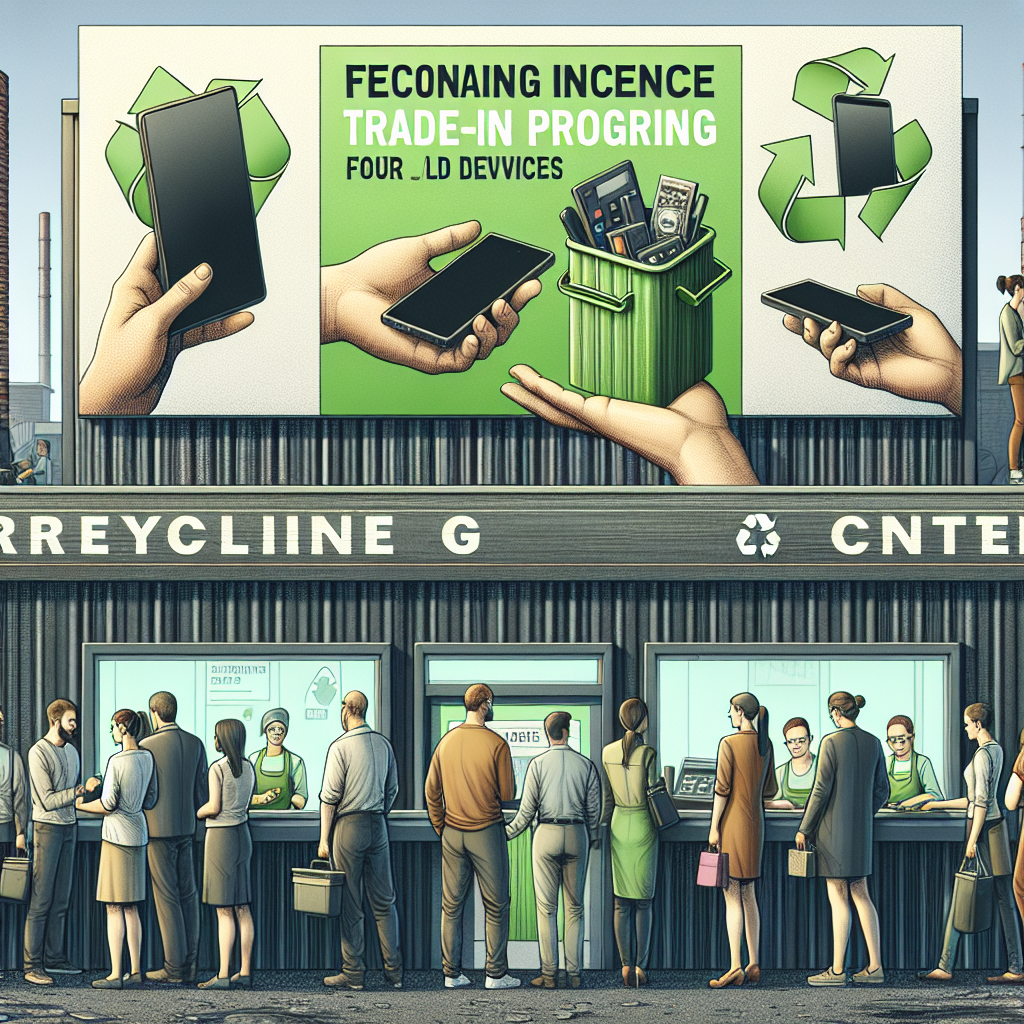When it comes to graphic design, many designers and design enthusiasts will agree that MacBooks are unmatched. When we dove into the root of why a chunk of designers prefer MacBooks and especially MacBook Pros, we learned that this is rooted in the fact that MacBooks in the early days had a significant advantage over Windows computers in terms of colour accuracy and typography. As technology narrowed the disparities between the rivaling operating systems, many designers still favour MacBooks compared to Windows, owing to tradition and the Mac’s reliability, as well as the availability of exclusive applications such as Sketch – apart from also looking visibly nicer than any other type of computer, which we think might be important to a bunch of people whose jobs quite literally require them to pay attention to such factors.
Now that we have established that MacBooks are more favourable among graphic designers, it is time to break down what MacBook is most suitable. While most designers now are multitalented with skills ranging from illustration, interface design, and 3D, it is difficult to decide a MacBook that will be the obvious winner for all. Just as each designer’s work is distinguished, their requirements are different as well.
Display
Some of the core factors to consider while choosing a MacBook is the display. As graphic designers are constantly working on designs that will be viewed on phones, laptops, or even billboards, many designers are drawn towards higher resolution displays of that of the MacBook Pro series, most notably the MacBook Pro 14-inch and MacBook Pro 16-inch model. MacBooks have display of a higher colour gamut and resolution. It is good to note that the MacBook Air 13-inch and MacBook Pro 13-inch are using a liquid retina display whereas the MacBook Pro 14-inch and MacBook Pro 16-inch are using a Mini LED display. These displays are certainly no slouch when it comes to colour accuracy and will outperform that of most Windows laptops available on the market.
With all aspects considered, we still recommend users that are heavy into graphic designing to opt for an external display to improve their workflow and efficiency. This is because given the nature of employment nowadays, most graphic designers are often freelance or may prefer to work from home. Therefore, opting for a larger secondary external display will be able to benefit graphic designers greatly.
Performance
Whether you are a designer who prefers to have two displays, or you prefer a more portable option, the one common ground among all graphic designers seem to be that the laptop you use for work must be fast and reliable. Most MacBooks powered on the M-series chipsets nowadays have groundbreaking performance and GPU power, which means that this factor should not be a worry for most graphic designers. However, what graphic designers should look out for should definitely be the RAM, or in layman’s terms, unified memory. A common factor for all design applications is that they are all RAM-hungry. Unfortunately, with most Macs, the RAM cannot usually be upgraded if users decide to upgrade it later on during their ownership period. Therefore, the wisest option for aspiring designers would be to choose the most amount of RAM that they can afford, at the point of purchase itself.It is also important for a graphic designer’s MacBook to have enough storage space to save all your work. We recommend also buying the MacBook with the biggest SSD storage that you can stretch your budget to. This is because graphic designers must store a ton of high-resolution photos and even videos on their device. Therefore, they will certainly benefit from a larger SSD storage capacity. However, if you do run of out primary storage on your device, you can still opt for an external storage device.
It is also important to note that the RAM on some Intel-powered MacBooks is user upgradable, though we are leaning more towards MacBooks featuring Apple’s M1 chip, since M1 based MacBooks have their memory, CPU, and GPU unified and all operate on the same chip. This means that the computer itself performs much better in terms of speed and data transmission. Based on our research, among the M1 chips, a graphic designer should go for either a MacBook featuring an M1 Pro or M1 Max, such as a 14-inch or 16-inch MacBook Pro.
Ports and availability
This same principle applies to ports as well. The only laptops worth considering in this aspect are the 14-inch or 16-inch MacBooks which have more ports for graphic designers to use. This includes three USB-C Thunderbolt 4 ports in addition to an HDMI port and an SDXC card slot. On the other hand, the regular M1 MacBook Air 13-inch and M1 MacBook Pro 13-inch only two available USB-C Thunderbolt 4 ports. However, the number of ports easily upgradable by simply buying a USB docking station.
Final Verdict
All MacBooks powered on the M1 and M2 chipsets are safe bets for most graphics designers. For graphic designers that are eager to have the largest display and best possible hardware specifications then they should certainly consider the M1 Max MacBook Pro 16-inch. However, for users that are into a more portable device should definitely check out the M1 Pro MacBook Pro 14-inch as its one of the best portable MacBook for graphic designers with similar performance compared to the M1 Max MacBook Pro 16-inch.
On the other hand, for users that are into the latest M1 based MacBooks, but they are not willing to spend a lot of money on their device, users can check out refurbished M1 based MacBooks on ManMade Cycle Australia website. We have the best condition MacBooks for the best prices with a ton of screen sizes and variants for users to choose from. You certainly won’t be disappointed with our selection of refurbished products.

